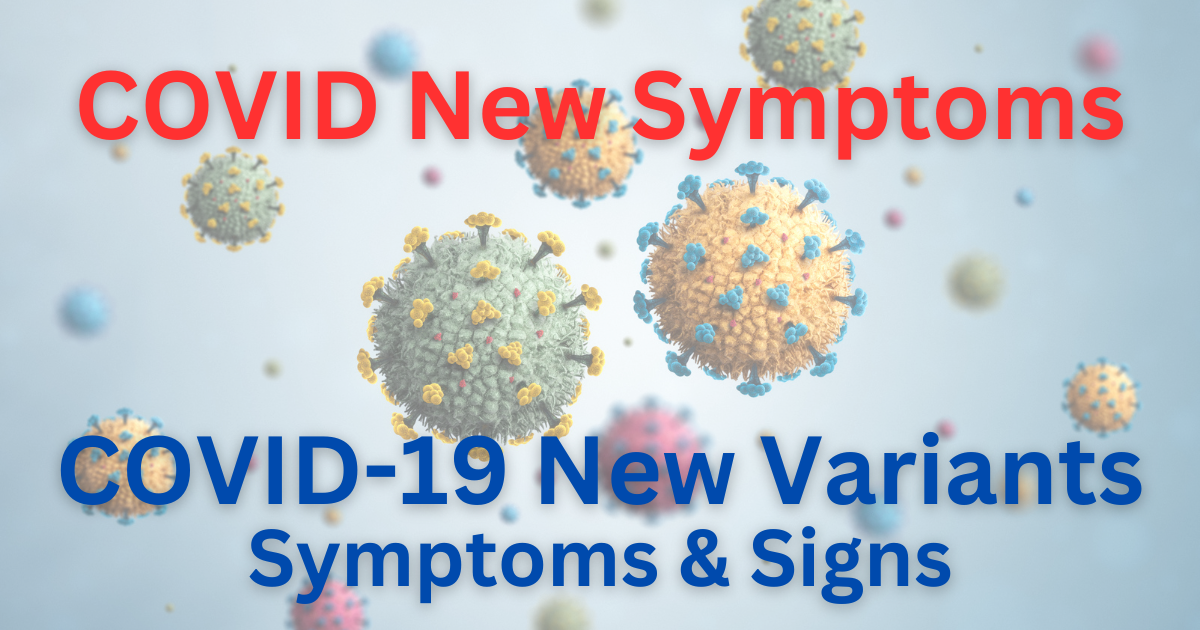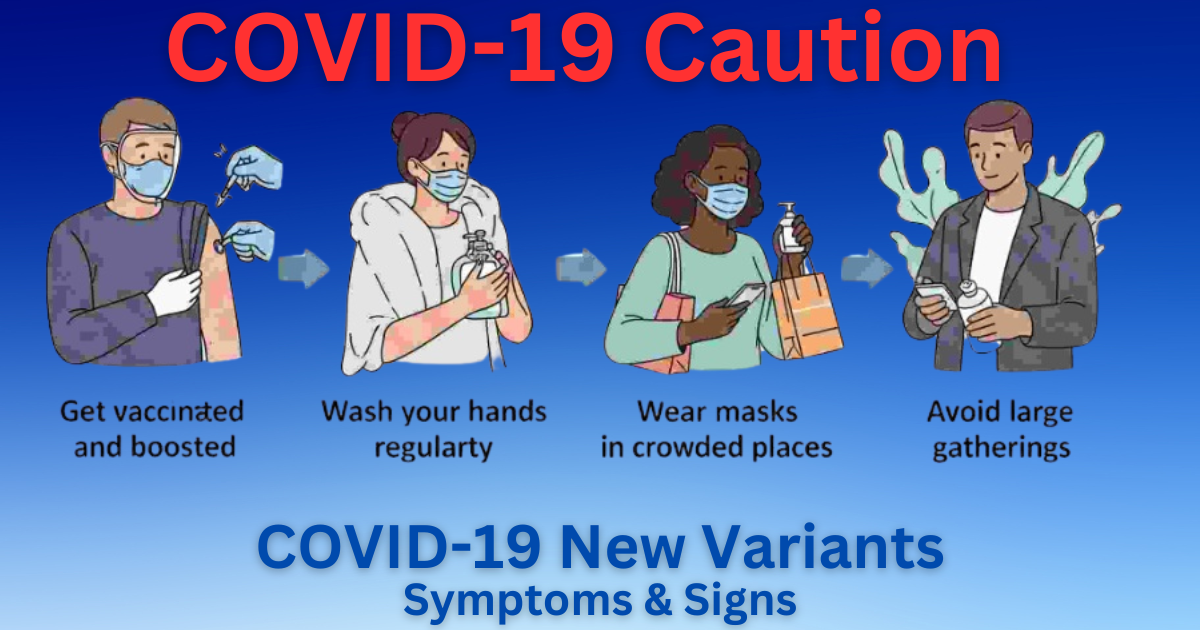As we move through 2025, the COVID-19 pandemic continues to evolve with the emergence of new variants. Every year after 2019, the new variant will hit the all world and cause people to suffer. But previous new variants are not must effective. This time the JN 1 Virus is out of breath and its the new variant of COVID. One of the most talked-about variants currently is the JN.1 subvariant, a descendant of Omicron. Although it has triggered a surge in cases in several Asian countries, global health authorities maintain that there’s no strong evidence of increased severity. We just provided the information you have know, because the cases are increasing day by day, and you need to take care of yourself and your family members too. Check out the COVID-19 New Variants JN1 & its Symptoms list. Nonetheless, staying informed about symptoms, types, treatment strategies, and transmission patterns remains essential.
COVID-19 New Variants Symptoms JN1
| Aspect | Details |
|---|---|
| Most Active Variant | JN.1 (Omicron subvariant) |
| WHO Classification | Variant of Interest (Not Variant of Concern) |
| Regions Affected | Hong Kong, Singapore, Thailand, China, India |
| Symptoms | Similar to previous variants (fever, cough, fatigue, etc.) |
| Spread Rate | High, especially in urban centers |
| Treatment | Supportive care; vaccination recommended |
| Protection Methods | Masking, distancing, hygiene, ventilation, vaccination |
| Status | Not causing more severe illness than earlier Omicron types |

What is COVID & its variants?
COVID-19 variants arise due to mutations in the virus’s genetic code. As the virus replicates, errors can occur, giving rise to new versions or variants. Most of these changes are harmless, but some can influence how easily the virus spreads, the severity of illness, or the effectiveness of vaccines.
Visa Infinite Card
France Schengen Visa Policy
Qatar Visa Status Check
Variants are tracked globally, and health organizations like the World Health Organization (WHO) assess whether a new strain should be classified as:
- Variant of Interest (VOI): Showing signs of potential spread or mutation.
- Variant of Concern (VOC): Significantly impacting transmissibility, vaccine resistance, or disease severity.
As of early 2025, WHO monitors several VOIs, including JN.1, and no current strain has reached the severity of early pandemic variants like Delta.
Common COVID-19 & New Variants Symptoms in 2025
The symptoms of current COVID-19 variants, including JN.1, largely mirror earlier variants:
- Fever or chills
- Persistent cough
- Fatigue or tiredness
- Shortness of breath
- Muscle or body aches
- Loss of taste or smell
- Sore throat
- Headache
- Runny or congested nose
- Diarrhea, nausea, or vomiting
Note – Symptoms typically appear 2–14 days after exposure and may persist for several days to weeks. Symptom severity can also depend on an individual’s health status, age, and vaccination history.
COVID Latest Variants JN1 and Cases
Here’s a summary of recent COVID-19 developments in Asia due to JN.1:
| Country | Recent Trends | Response Measures |
|---|---|---|
| Hong Kong List | Highest percentage of positive respiratory samples in a year; 31 severe cases in one week, and it’s increasing | Monitoring sewage data; high alert on Hong Kong |
| Singapore List | 28% increase in cases (14,200 in one week); 30% rise in hospitalizations, its increases day by day | Active public reporting, encouraging precautionary measures |
| Thailand List | Cases doubled to 33,030 in a week, mostly in Bangkok and nearby provinces | Campaign for booster shots, especially for vulnerable groups |
| China List | COVID positivity rose from 7.5% to 16.2% in emergency visits (Mar 31–May 4) | Surveillance for a possible new wave |
| India List | Over 1,000 active cases recently; situation under control, but the cases are increasing day by day | Routine monitoring and response planning |
How the Virus Affects the Body
Once inside the body, SARS-CoV-2 (the virus that causes COVID-19) primarily targets the respiratory system, but can also impact:
- Circulatory system (risk of blood clots)
- Nervous system (headaches, brain fog)
- Digestive system (nausea, diarrhea)
- Cardiovascular system (heart inflammation in rare cases)
In people with underlying health conditions or weakened immunity, the virus may cause severe complications requiring hospitalization.

How To Protect Yourself in 2025
Despite widespread immunity through vaccines and prior infections, COVID-19 is still transmissible. Prevention remains crucial –
- Get vaccinated, including booster shots recommended for your age and health status.
- Wear masks in crowded or poorly ventilated places.
- Improve ventilation: Open windows, use fans, or HEPA filters indoors.
- Practice hygiene: Wash hands frequently and avoid touching your face.
- Social distancing from individuals showing symptoms or those who recently tested positive.
Cautionary Treatments of Covid NJ1
There is no specific antiviral cure for all COVID-19 variants, but supportive treatments and preventive tools help manage infections.
- Antiviral medications (like Paxlovid) may be prescribed for high-risk patients.
- Oxygen therapy for severe respiratory symptoms.
- Rest, fluids, and OTC medications for fever, cough, and pain relief.
- Hospitalization in extreme cases (breathing difficulty, low oxygen).
Is the Virus Still Treatable?
Yes. Most COVID-19 cases, even those caused by new variants like JN.1, are treatable. Early diagnosis, good hygiene practices, and prompt isolation significantly reduce the risk of complications and transmission. However, people who are elderly, immunocompromised, or unvaccinated remain at higher risk of severe outcomes.
COVID-19 News & Update remains a dynamic public health challenge in 2025. With new variants like JN.1 emerging, it’s important to continue practicing safety measures, get vaccinated, and stay alert to symptoms. Although JN.1 has not been found to cause more severe disease, its rapid spread in urban areas calls for renewed vigilance, especially in vulnerable populations.
The good news is, with ongoing monitoring, access to treatments, and responsible public behavior, the impact of new variants can be minimized.
Stay informed. Stay safe. Stay healthy, team OTRFORM